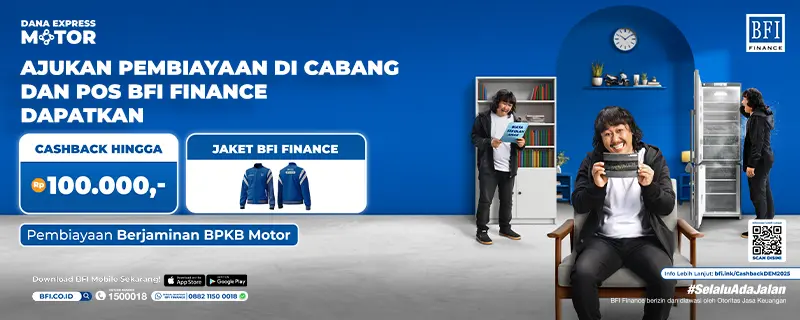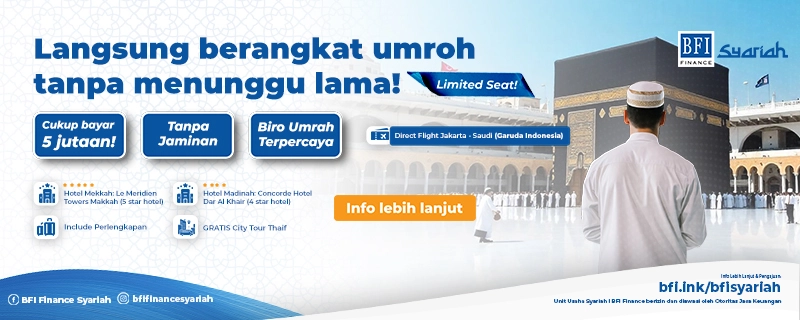Japan is renowned for its high savings rate, attributed to a culture of prudent financial management. One widely adopted method, not only in Japan but also globally, is Kakeibo. Kakeibo is a financial planning method that assists individuals in managing their money carefully, keeping expenses in check, and enhancing savings capabilities.
1. Implementing Kakeibo Saving Method

1.1 Prepare a Notebook and Pen
The first step in applying the Kakeibo method is to gather basic tools: a notebook and a pen. This simple yet effective setup is used to record your expenditures and income. Choose a comfortable and portable notebook; it will serve as your financial journal, where you document all transactions and financial planning.
Also Read: Secrets to Cooking Delicious Meals Without Draining Your Wallet
1.2 Focus on Expenditures
Kakeibo requires you to concentrate on your expenditures. Record every expense immediately, including bill payments, monthly shopping, dining out, and transportation costs. By noting all expenditures, you gain a better understanding of how your money is utilized. Beyond recording expenditure amounts, try to include details about each transaction, such as the store or service used. This helps track spending patterns and identify areas for potential savings.
1.3 Set a Weekly Maximum Budget
Every week, before initiating spending, establish a maximum budget for the upcoming week. This gives you stronger financial control and helps prevent overspending. Before determining the budget, consider your income and urgent financial needs. Ensure you set a realistic and manageable budget.
1.4 Periodic Money Check
While recording expenditures, periodically check how much money you have left. Regularly review the remaining funds in your wallet or bank account. This way, you always have a clear understanding of how much money you can spend. By checking your balance regularly, you can avoid overspending and ensure that you adhere to your set budget.
1.5 Conduct Evaluation
Every month, evaluate the expenditure records you've made. Review your expenditures, identify areas where you can save money, and plan strategies to boost your savings. This evaluation is a crucial part of the Kakeibo method, helping you continually improve your financial management.
By following these basic Kakeibo steps, you equip yourself with a powerful tool to manage your finances better and enhance your saving capabilities. Kakeibo is a straightforward approach that can provide significant financial benefits by helping you control expenses and plan your finances more wisely.
Also Read: Tips for Self Rewards That Won't Break Your Wallet
2. Four Basic Questions of Kakeibo
Kakeibo is based on four fundamental questions that aid in planning and managing finances more efficiently. Here are these questions:
2.1 How Much Money Do I Have?
The first question pertains to your income. Record all your income sources, including salary, additional earnings, or money received as gifts. Understanding how much money you have is the initial step in good financial planning.
2.2 How Much Money Do I Want to Save?
Determine the amount of money you want to save each month. Setting saving goals is a crucial aspect of Kakeibo. You can establish short-term and long-term goals for your savings.
2.3 How Much Money Am I Spending?
Next, record all your expenditures. In Kakeibo, every expense, whether significant or minor, is documented. This includes bill payments, monthly shopping, entertainment costs, dining out, and more. These expenditures are then analyzed to determine how much money has been used.
2.4 How Can I Increase My Savings?
The final question involves planning to increase your savings. After understanding how much money you have, how much you want to save, and how much you've spent, you need to plan ways to achieve your savings goals. This might involve saving more, cutting expenses, or seeking additional sources of income.
3. Kakeibo Saving Tips

In addition to the basic steps, several tips can help you succeed in using the Kakeibo method:
3.1 Think Before Buying
Before making a purchase decision, take a moment to reflect and ask yourself whether the item is genuinely needed or just a temporary desire. Cultivate a habit of evaluating the necessity and benefits of each purchase. By thinking before buying, you can avoid impulsive spending, a common reason for insufficient savings. Remember that every expenditure should align with your financial goals.
3.2 Regularly Check Account Balances
Current technology allows easy monitoring of personal finances. Utilize online banking services or available banking apps to periodically check your account balances. By regularly checking your balance, you always have a clear picture of how much money is available and whether you're on track to achieve your savings goals. This also helps you become more aware of expenditures and avoids potential over-budget situations.
3.3 Use Cash for Transactions
Using cash instead of credit or debit cards can be an effective way to control your spending. Physical money provides a more direct and tangible experience while shopping. Seeing a certain amount of physical money decreasing can provide additional motivation to think twice before spending. In some cases, you may find yourself more conscious when deciding to make a purchase. This is a tactic that aligns with the fundamental Kakeibo principle of checking expenditures and planning efficiently.
Also Read: Living Economically for Millennials: How to Do It?
3.4 Analyze Spending Habits
During the monthly evaluation process, don't just record expenditures; also check and analyze your spending habits. Identify areas where you can cut expenses. For example, you might discover that you can reduce dining out costs by cooking at home more often. Or, you could identify inefficient spending habits and find more economical solutions. This is a crucial step in enhancing your financial management based on Kakeibo principles. With good planning and analysis, you can maximize your savings potential and achieve your financial goals more efficiently.
By adopting the Kakeibo method, you can develop better financial management habits and improve your saving capabilities. It's a simple yet effective tool that can help you reach your financial goals and lead a more financially free life.
BFI Finance is a company that provides multi-purpose loans with guarantees for motorbike bpkb, car bpkb, and house or shophouse certificates







